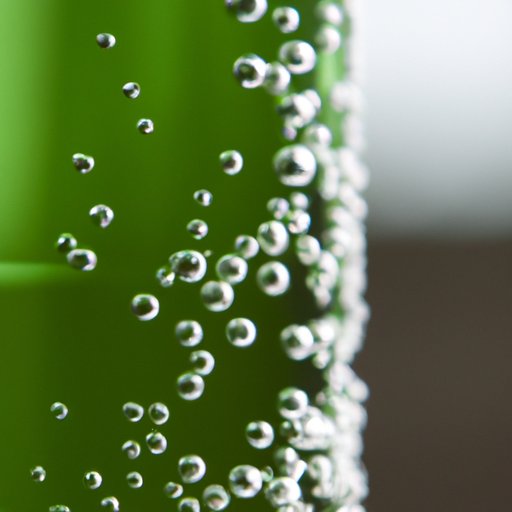Introduction
Sparkling water is a type of carbonated beverage that has become increasingly popular over the years. It is made by adding carbon dioxide to regular water, creating a fizzy and refreshing drink. This article will explore when sparkling water was invented, the inventor who brought us sparkling water, and how it changed the beverage industry.
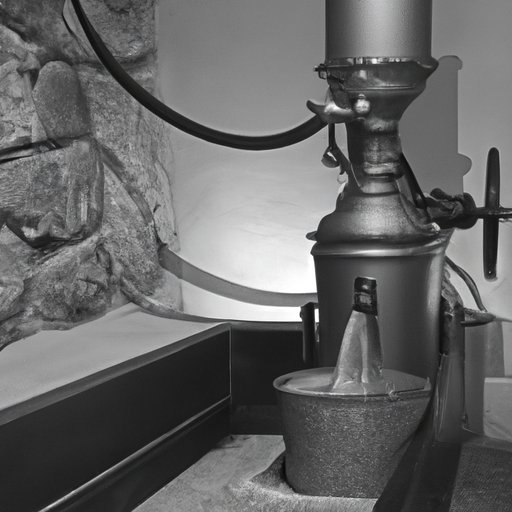
A Historical Look at the Invention of Sparkling Water
The invention of sparkling water dates back hundreds of years. In the 1700s, carbonated beverages were popular among the wealthy, who would purchase them from apothecaries and pharmacists. The first recorded instance of sparkling water occurred in 1767, when an Englishman named Joseph Priestley discovered a method for infusing water with carbon dioxide.
Priestley’s discovery paved the way for the development of modern-day soda. In 1783, Jacob Schweppe, a Swiss-born entrepreneur, developed a process for producing and bottling carbonated beverages. Schweppe’s process allowed for the mass production of soda, making it affordable and accessible to the masses.
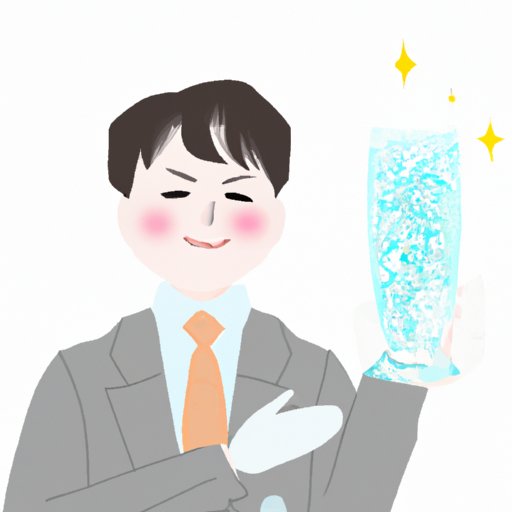
The Inventor Who Brought Us Sparkling Water
Joseph Priestley is credited with the invention of sparkling water. Born in England in 1733, Priestley was a scientist and theologian who studied a variety of topics, including electricity, chemistry, and philosophy. In 1767, he discovered a method for infusing water with carbon dioxide, thus creating a bubbly and refreshing drink.
Jacob Schweppe was another key figure in the invention of sparkling water. Born in Switzerland in 1740, Schweppe was a watchmaker and entrepreneur who developed a process for producing and bottling carbonated beverages. His process allowed for the mass production of soda, making it more affordable and widely available.
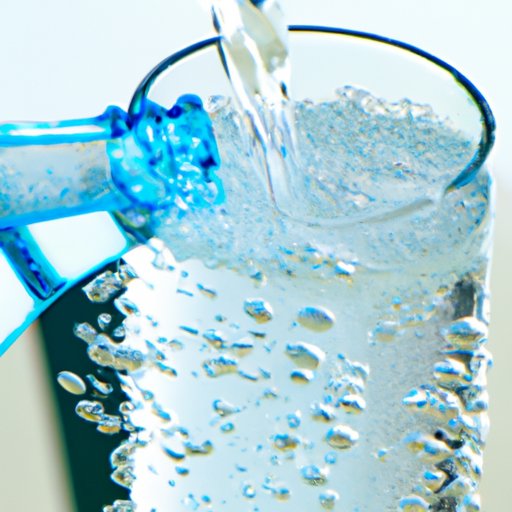
How Sparkling Water Changed the Beverage Industry
The invention of sparkling water had a profound effect on the beverage industry. Carbonated beverages quickly became the most popular type of drink in the world, with sales increasing exponentially in the 19th and 20th centuries. In addition, the emergence of flavored and enhanced sparkling waters has expanded the market even further.
Today, sparkling water is one of the most popular types of drinks in the world. According to a recent survey, more than half of Americans drink sparkling water on a regular basis. The popularity of sparkling water has led to the emergence of new flavors and varieties, such as lemon, lime, and berry.
Exploring the Origins and Evolution of Sparkling Water
The invention of sparkling water began in Europe in the 18th century. Carbonated beverages quickly spread throughout the continent, becoming especially popular in France and Italy. In the 19th century, carbonated beverages began to spread to North America, where they quickly gained popularity.
In the decades that followed, the popularity of sparkling water spread across the globe. Today, it is enjoyed in countries around the world, from the United States to Japan. The emergence of flavored and enhanced sparkling waters has made it even more popular.
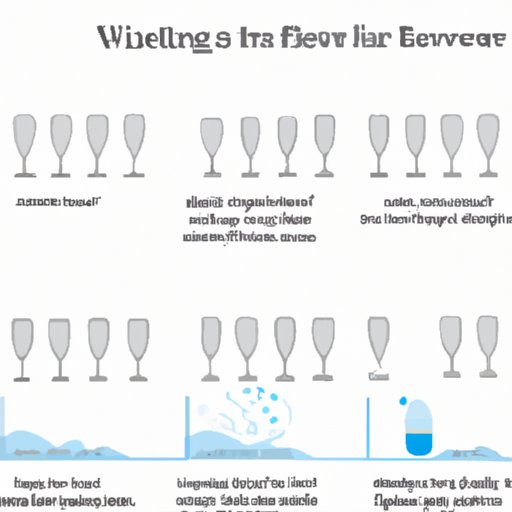
A Timeline of the Development of Sparkling Water
1767 – Joseph Priestley discovers carbon dioxide and creates the first recorded instance of sparkling water.
1783 – Jacob Schweppe develops a process for producing and bottling carbonated beverages.
1876 – Charles Aderton invents carbonated soft drinks.
1970s – Emergence of bottled sparkling water.
Understanding the Science Behind Sparkling Water
Sparkling water is different from regular water because it contains carbon dioxide. When carbon dioxide is added to water, it creates a fizzy, effervescent drink. This process is known as “carbonation” and it is what gives sparkling water its unique flavor and texture.
The process of carbonation involves injecting pressurized carbon dioxide into water. This process creates tiny bubbles of carbon dioxide that are suspended in the water, giving it its signature fizz. The amount of carbon dioxide added to the water determines the level of carbonation, or “fizziness”, of the sparkling water.
A Comprehensive Guide to the History of Sparkling Water
This article has provided a comprehensive look at the history of sparkling water. We have explored the invention of sparkling water, the inventor who brought us sparkling water, and how it changed the beverage industry. We have also explored the origins and evolution of sparkling water, as well as a timeline of its development. Finally, we have discussed the science behind the production of sparkling water.
Conclusion
The invention of sparkling water dates back hundreds of years. Joseph Priestley and Jacob Schweppe were instrumental in the development of modern-day soda, and their discoveries paved the way for the mass production of carbonated beverages. The emergence of flavored and enhanced sparkling waters has further expanded the market, making it one of the most popular types of drinks in the world. Finally, understanding the science behind the production of sparkling water is essential for appreciating its unique flavor and texture.
(Note: Is this article not meeting your expectations? Do you have knowledge or insights to share? Unlock new opportunities and expand your reach by joining our authors team. Click Registration to join us and share your expertise with our readers.)
